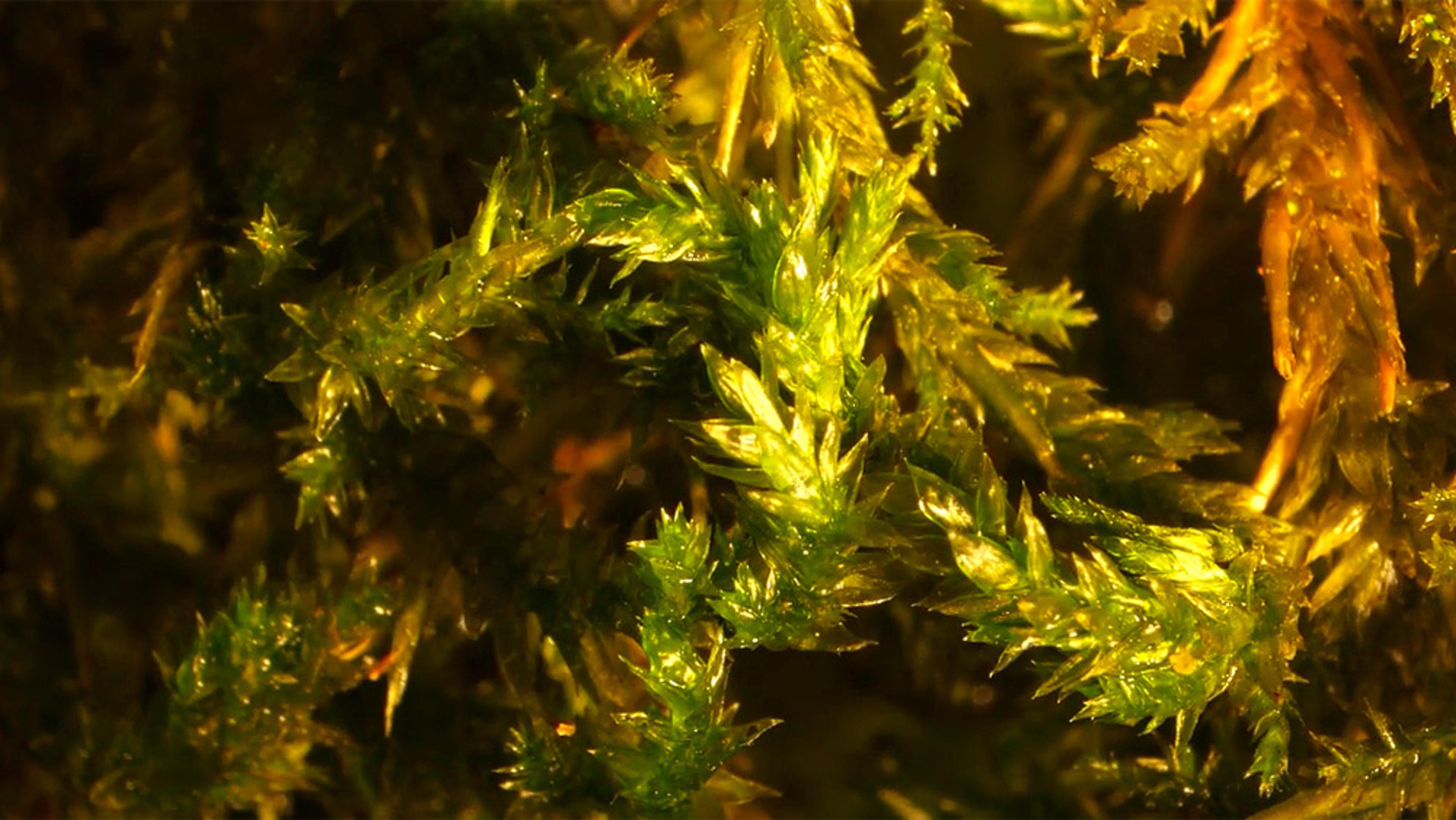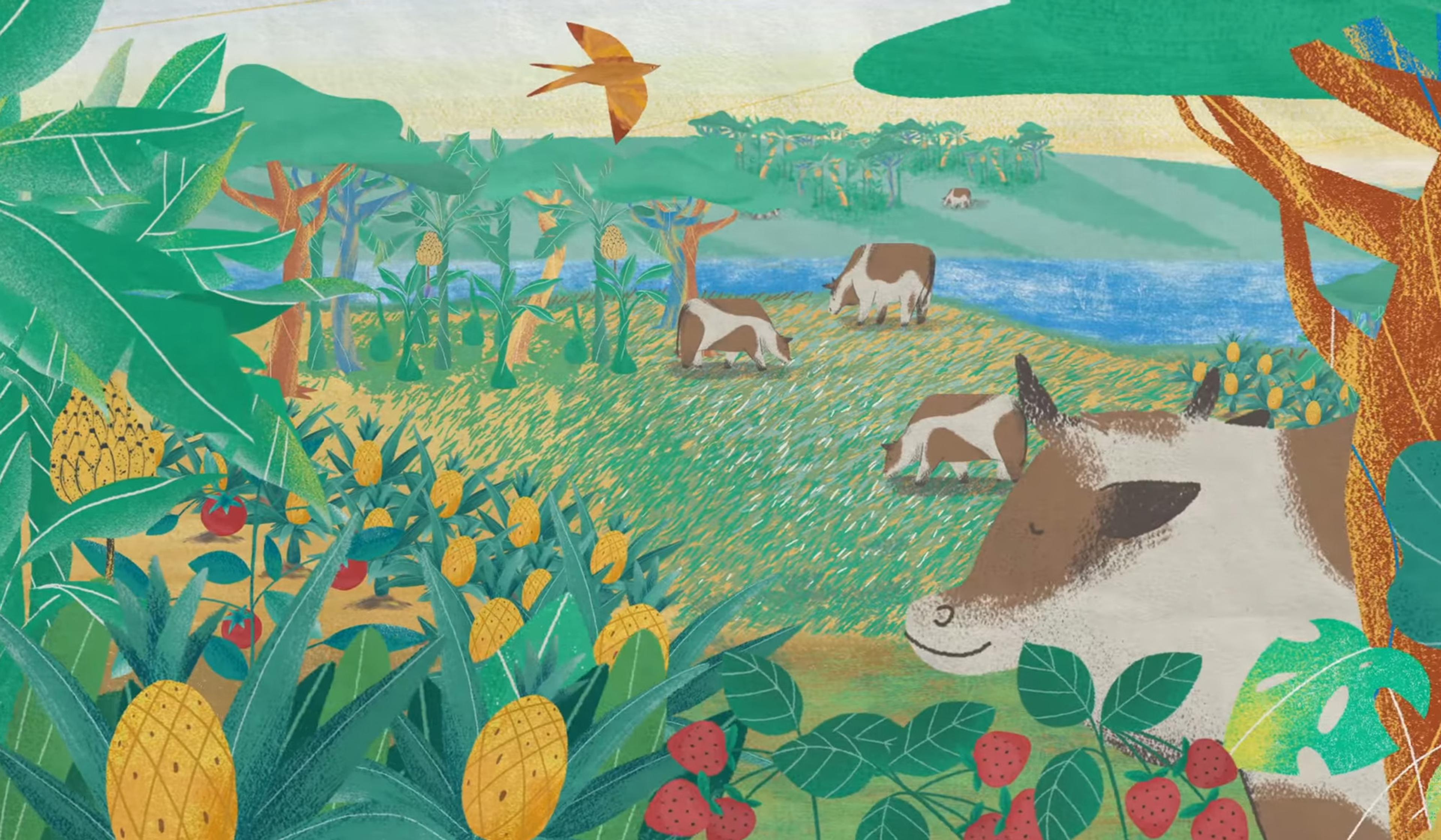Since the 1970s, the number of rice varieties in India has plummeted from roughly 100,000 to 7,000. The massive drop is largely due to the rise of high-yield crops born from the Green Revolution, which helped relieve a strained food supply. However, the extinct rice varieties don’t just signify a loss of heritage and cultural identity in Indian villages – each lost variety is a small defeat in the battle to preserve biodiversity and genetic variation. The ecologist Dr Debal Deb has a creative solution to his country’s vanishing rice problem: a massive seed bank that houses and preserves rare indigenous rice before it disappears.
Protecting crops from biopiracy is good for farmers and the future of food

videoThe future
Is the Global Seed Vault in Norway humanity’s last, best hope?
4 minutes

videoAnimals and humans
Villagers struggle to keep their beloved, endangered ape population afloat
19 minutes

videoThe environment
Sand grab: how Singapore’s growth is taking the land out from under Cambodians’ feet
16 minutes

videoPoverty and development
An Indian bank manager uses microloans to eradicate debt and build enterprise
12 minutes

videoEcology and environmental sciences
Will life-forms that can go a century without water save crops from droughts?
3 minutes

videoMusic
Melody, rhythm and piety: the rich forms and meanings of Indian classical music
17 minutes

videoEcology and environmental sciences
Producing food while restoring the planet – a glimpse of farming in the future
7 minutes

videoPoverty and development
A rural Indian girl learns agricultural skills to gain financial independence
10 minutes

videoMaking
Resilience and ingenuity – a Tajik teacher’s hydroelectric station made from Soviet scraps
20 minutes